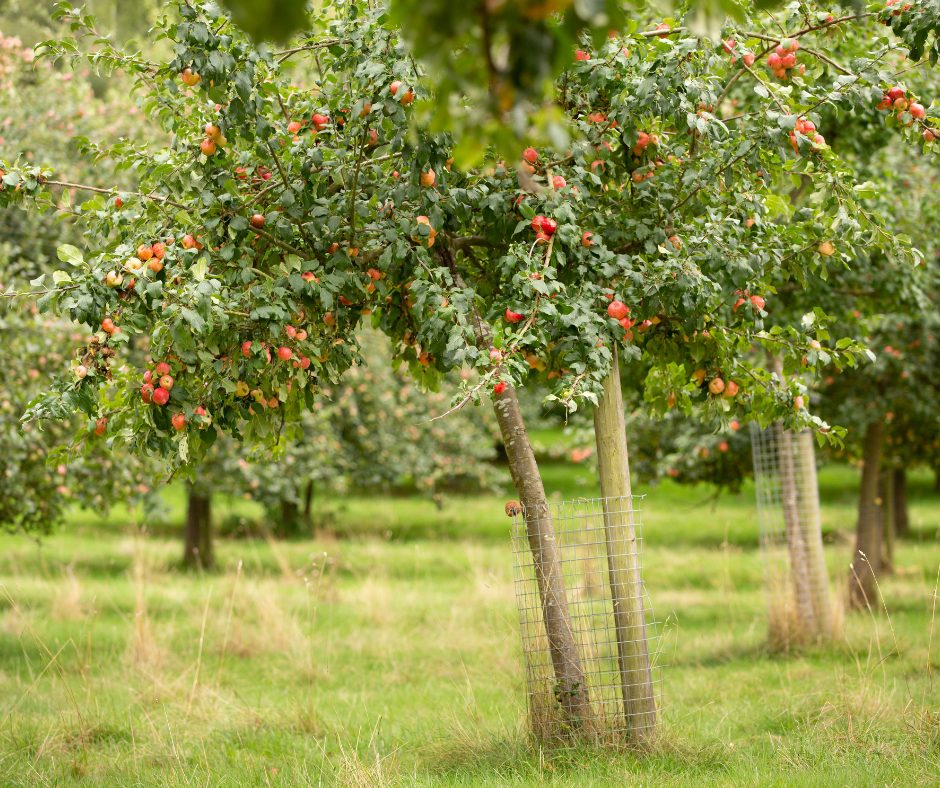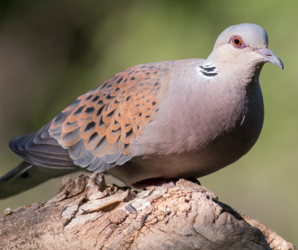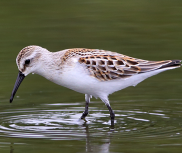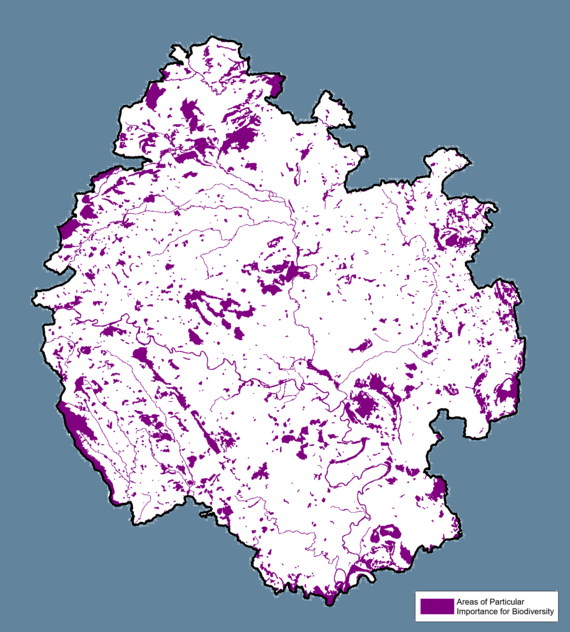"Shaping the future of Nature Recovery."- Natural England
Local Nature Recovery Strategies (LNRS) are a flagship measure to create or restore half a million hectares of wildlife-rich habitats in England. There are 48 strategies linking up to each play their part. The LNRS in Herefordshire will develop priorities that are important locally e.g. improving water quality within the River Wye.
A spatial mapping tool will identify general areas and actions that could have the biggest impacts for wildlife to thrive. This will show where ecological corridors could form a network for nature across the country, making wildlife accessible for people and more resilient against climate change.
Work will take place at a local level focusing on what is great about Herefordshire, drive forward actions and incentivise investment. This will ensure the right actions in the right place will have positive, long-lasting benefits for wildlife.
 An orchard in Herefordshire
"Local Nature Recovery Strategies are expected to take 12-18 months to be prepared and published, so are expected to come online by 2025." - Planning Advisory Service
Development of the Herefordshire LNRS is underway and it is important that we get to hear your views as no one knows your local patch better than you!
 |
|
You can tell us about your visions for nature recovery near you by going to our online survey or scanning the QR code by Tuesday 15th October 2025. |
We held drop-in sessions across Hereford, Leominster, Ledbury, Ross-on-Wye and Kington over the summer where you also shared your views on what it is important, where it is important and what vision you have for wildlife to flourish in Herefordshire. We will be hosting more events over the next few months like this - dates to be confirmed.
You can find out more about the Herefordshire LNRS on the LNRS website.
Want to stay up to date with our progress? Subscribe by entering your email into the top right corner of this webpage. Alternatively you can email naturerecovery@herefordshire.gov.uk.
 |
|
Statistic
The abundance of 753 terrestrial and freshwater species has fallen by 19% across the UK since 1970.*
The Turtle Dove is one of the species affected.
|
The decline in nature across the UK is evidence-based and accumulative. This is despite the best efforts made by individuals and organisations. The Government has made a commitment to halt and reverse the impacts on species abundance. LNRS's are a crucial part of the Environment Act 2021, to drive coordinated, practical and focused action for nature across England. This will be a vital piece of work to contribute to the Government's ambition of '30% of land protected, managed or its purpose for biodiversity' by 2030. Simultaneously the actions will have a local impact, making a difference to species and habitats that are important to the Herefordshire landscape.
"The UK is now one of the most nature-depleted countries on Earth" - State of Nature 2023*
While Herefordshire Council has been informally identified and appointed by DEFRA Secretary of State to deliver the LNRS, it is very much a collaborative effort. We are following in the footsteps of our neighbouring countries to create a joined up approach. Partner organisations and stakeholders which form the steering group include; Natural England, Environment Agency, Forestry Commission, The Country Land and Business Association (CLA) and Herefordshire Wildlife Trust. Additionally we will take every opportunity to reach as many organisations, communities and residents as possible.
|
Statistic
The abundance of 682 terrestrial and freshwater species has on average fallen by 32% across England since 1970.*
The Sandpiper is one of the species affected.
|
|
 |
Mapping
The initial mapping has been undertaken by Herefordshire Biological Records Centre (HBRC) and forms the statutory baseline map. It includes all the layers that have been identified in the national guidance; internationally designated sites (Special Protected Areas, Special Areas of Conservation), nationally designated sites (Sites of Special Scientific Interest) and locally designated sites (Local Wildlife Sites, Nature Reserves), and irreplaceable habitats e.g. Ancient Woodland.
This map shows the core network of 'areas that are already of importance' in the country. The next step is the opportunity mapping, to create a map identifying 'areas that could become of importance'. This work has been undertaken by Gloucestershire Wildlife Trust using a scientific and evidence-based approach to identify where areas of habitat and corridors of connectivity in the country exist, or could be enhanced or created. This has been completed using data from HBRC.
 
Partnership Working
We recognise that partnership and a collaborative approach will ensure the best outcomes for nature. We have provided regular updates to the Local Nature Partnership and the Wye Catchment Partnership.
We have discussed the importance of traditional orchards and considered the development of criteria to recognise more of these orchards as Local Wildlife Sites. This will mean that in future iterations of the LNRS our core network may include more of these valuables habitats which often include mature, veteran and ancient trees.
We have met with the Friends of the River Wye and discussed the use of a spatial tool used to map existing projects on the River Wye and within the River Wye Catchment. Recognising that a joined-up and cooperative way of working encourages individuals to recognise their role within the wider landscape.
Not only does Herefordshire LNRS want to adopt processes to share projects so that people can see what actions are being taken for nature, we also want to record and monitor the success and far reaching impacts of the Herefordshire LNRS. If you are currently undertaking actions for nature and want to tell us about it or would like to send us any feedback on the LNRS, email us at naturerecovery@herefordshire.gov.uk.
 The partners
* Burns, F. S.-S.-L. (2023). State of Nature 2023, the State of Nature partnership.
|